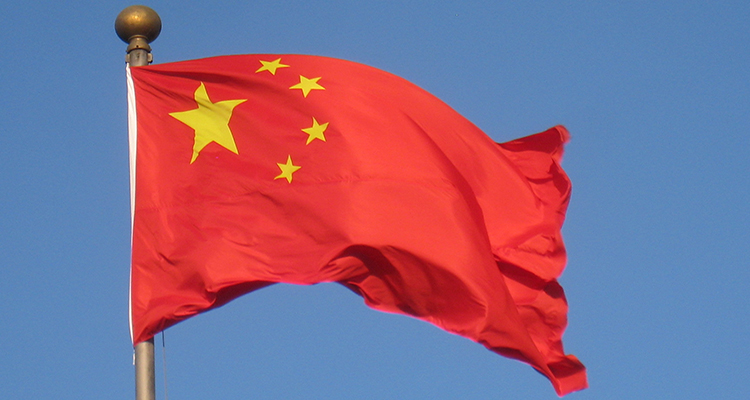China might end solar subsidies by 2025
China has been funding its solar sector for years in order to fuel its success. Now grid parity is expected to be reached by 2025, which might be the end of the subsidies.
China is the world’s largest market for both PV and solar thermal power, both an annual and accumulative basis. One reason for this success is the extensive funding of the solar sector. Up until now, 27 GW of photovoltaics have been installed this year with this number expected to rise to 30 – 35 GW by the end of 2016.
Solar power unexpectedly successful
Not only does this growth exceed the number of 18 GW expected by the National Energy Administration (NEA) but it also represents an increase of over 100 % compared to last year. According to Zhu Ming, deputy director of the NEA’s new and renewable energy department, wind power could reach grid parity by 2020 and solar power by 2025.
“Assuming no wastage of wind and solar power generated due to power grid bottlenecks, we had estimated that wind power will reach grid parity by 2020 and solar power by 2025. We now expect that to be reached faster, due to rapid technological advancement. The rising solar energy conversion efficiencies achieved will mean lower power production costs,” said Zhu Ming, the director of the National Energy Administration’s renewable energy department. As a result, no further subsidies would be required for these two sectors.
Scheduled consequences
Based upon these recent developments, the government has taken first steps towards reducing the funding for solar and wind power. Firstly, feed-in tariffs for open space installations will be cut by 23 – 31 % throughout early 2017, while cutbacks for off-grid plants such as rooftop panels, will be between 29 – 52 %.
Another reason for these cutbacks is the shortage of funds in the budget that finances the funding through surcharges on power all bills, aiming to lower taxes.
Growth not expected to repeat itself
In order to encourage this process, the so-called “Top Runner” program was launched by the administration in 2015. The idea behind it is to assign major projects to the most efficient boards and companies through open tendering. The program fuels hopes that cost reduction will be taken into account more seriously for coming projects.
In regards to the future, , this successful development is not expected to repeat itself, due to the cutbacks in subsidy payments as well as growing costs for property and power grid bottlenecks.
Title image: Daderot (Own work) [Public domain], via Wikimedia Commons





